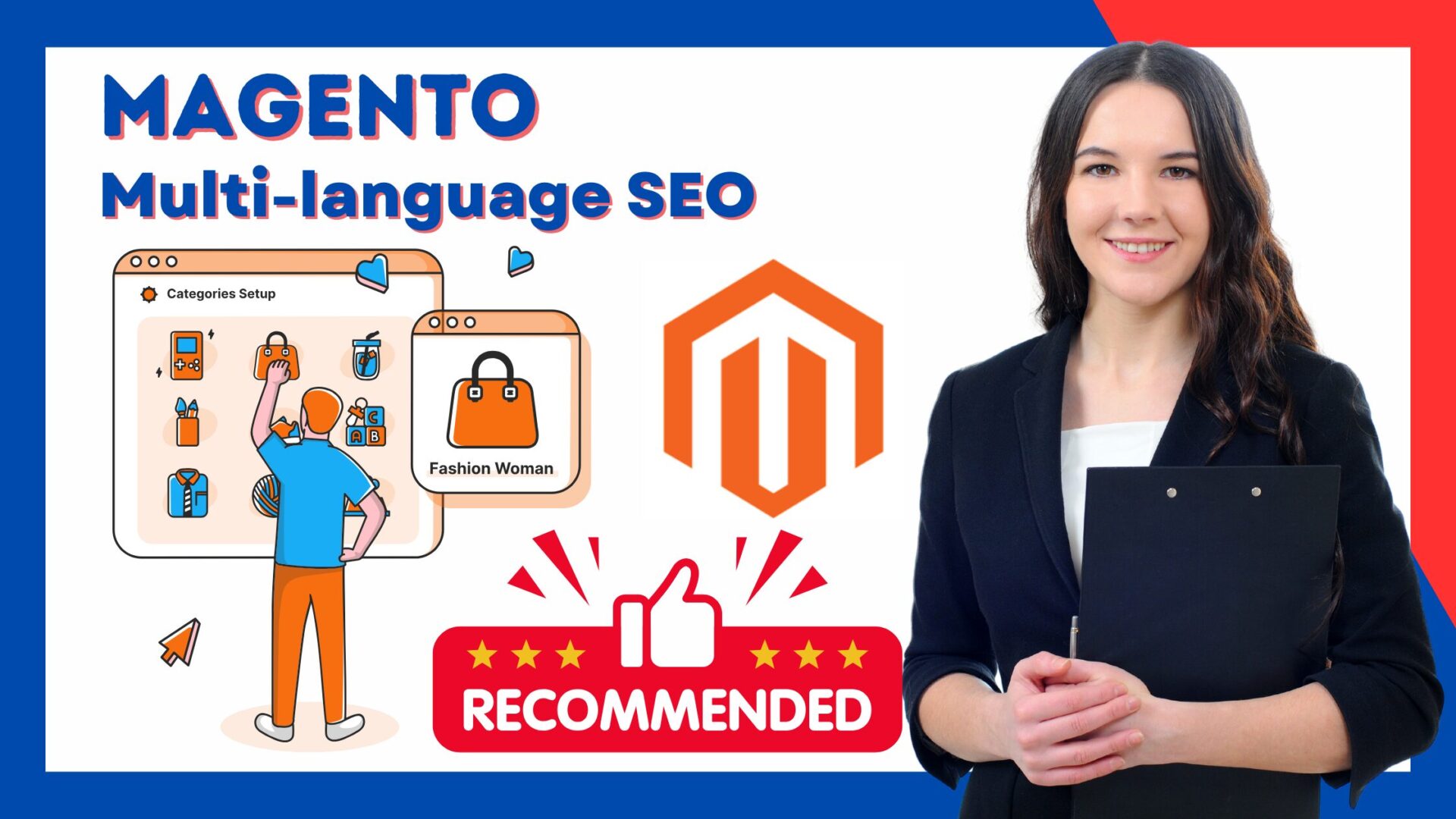
As eCommerce grows globally, businesses must cater to audiences in different languages to maximize their reach. Magento’s flexibility allows store owners to create multi-language websites, but optimizing them for SEO requires a strategic approach.
Magento multi-language SEO ensures your store ranks well across multiple regions and languages, improving visibility and user experience. This detailed guide covers everything you need to know about optimizing your Magento store for a multilingual audience, with actionable strategies and best practices.
Quick View
What is Multi-Language SEO Strategy?
Expanding your Magento store to serve a global audience involves more than just translating content. Magento multi-language SEO optimizing multilingual websites for search engines, ensuring each language-specific version ranks well in its target region. This includes proper URL structures, hreflang implementation, and localized content strategies.
Why Multi-Language SEO Matters
- Global Reach: Attract customers from different regions with localized content.
- Improved User Experience: Serve users in their preferred language for better engagement.
- Higher Rankings: Optimize for region-specific keywords to dominate local search results.
1. Set Up a Multi-Language Magento Store
Before implementing Magento multi-language SEO, you need to configure your Magento store for multiple languages.
Steps to Set Up a Multi-Language Store:
- Create Store Views: In Magento, create separate store views for each language.
- Assign Language Packs: Use Magento language packs to translate the interface.
- Localize Currency and Tax Settings: Adjust settings to reflect the local currency and tax rules.
Best Practices:
- Use separate store views for each language to maintain clarity and control.
- Ensure consistent navigation and functionality across all language versions.
2. Implement Proper URL Structures
SEO-friendly URLs are critical for ranking your multilingual Magento store.
URL Structure Options:
- Subdirectories:
example.com/en/for English,example.com/es/for Spanish. - Subdomains:
en.example.comfor English,es.example.comfor Spanish. - ccTLDs:
example.comfor English,example.esfor Spanish.
Recommendations:
Sites with clear and descriptive URLs rank higher, as search engines better understand their structure.
- Use subdirectories or subdomains for better management and SEO.
- Avoid using query parameters (e.g.,
?lang=en) as they are less SEO-friendly.
3. Use Hreflang Tags for Regional Targeting
Hreflang tags signal to search engines which language and region a page is intended for, preventing duplicate content issues.
How to Implement Hreflang Tags:
- Add hreflang tags to your HTML
<head>section or HTTP headers. - Use tools like Ahrefs or Screaming Frog to check for implementation errors.
Example:
<link rel="alternate" hreflang="en" href="https://example.com/en/" />
<link rel="alternate" hreflang="es" href="https://example.com/es/" />
Benefits:
- Avoids duplicate content penalties.
- Ensures users land on the correct language version.
4. Optimize On-Page SEO for Each Language
Each language version needs unique and optimized on-page SEO elements.
Checklist for On-Page SEO:
- Title Tags and Meta Descriptions: Translate and localize with region-specific keywords.
- Headers (H1, H2): Use localized terms naturally in headers.
- Image Alt Text: Translate alt text and include localized keywords.
Example:
- English Title: “Buy Organic Cotton Shirts Online”
- Spanish Title: “Compra Camisas de Algodón Orgánico en Línea”
5. Localize Content Strategically
Simply translating content is not enough; you must localize it to resonate with the target audience.
Tips for Effective Localization:
Localized content improves user engagement and can increase conversions by 25%.
- Adapt cultural references and measurements (e.g., inches to centimeters).
- Use region-specific keywords identified through tools like Google Keyword Planner.
- Localize CTAs to align with user preferences in each region.
6. Optimize for Local Search Engines
If targeting countries like China or Russia, consider optimizing for search engines beyond Google (e.g., Baidu or Yandex).
How to Optimize for Local Search Engines:
- Follow local SEO guidelines for the specific search engine.
- Use region-specific hosting to improve load times.
- Register your domain with local webmaster tools (e.g., Yandex Webmaster for Yandex).
7. Create XML Sitemaps for Each Language
Generate separate XML sitemaps for each language version to ensure proper indexing.
Steps to Create Language-Specific Sitemaps:
- Use Magento’s built-in sitemap generation tool.
- Submit sitemaps to Google Search Console and other webmaster tools.
- Include hreflang annotations in the sitemap.
8. Optimize Site Speed for Global Users
Fast-loading pages improve user experience and rankings, especially for international users. A 1-second improvement in load time can boost conversions by up to 7%.
Optimization Tips:
- Use a Content Delivery Network (CDN) to reduce latency for global audiences.
- Compress images and minify CSS/JavaScript files.
- Enable caching for faster repeat visits.
9. Monitor and Track Performance
Regularly monitor your SEO performance to identify and resolve issues.
Tools to Use:
- Google Analytics: Track traffic by region and language.
- Google Search Console: Monitor indexing and hreflang errors.
- Ahrefs or SEMrush: Analyze keyword rankings for each language version.
Key Terms
Magento multi-language SEO is essential for reaching global audiences and dominating regional markets. By implementing proper URL structures, hreflang tags, and localized content strategies, you can ensure each language version of your site ranks well and provides a seamless experience for users.
Regularly monitor your performance and adapt to evolving SEO trends to stay ahead in the competitive global eCommerce landscape. Start optimizing your Magento store today to unlock its full potential worldwide.




